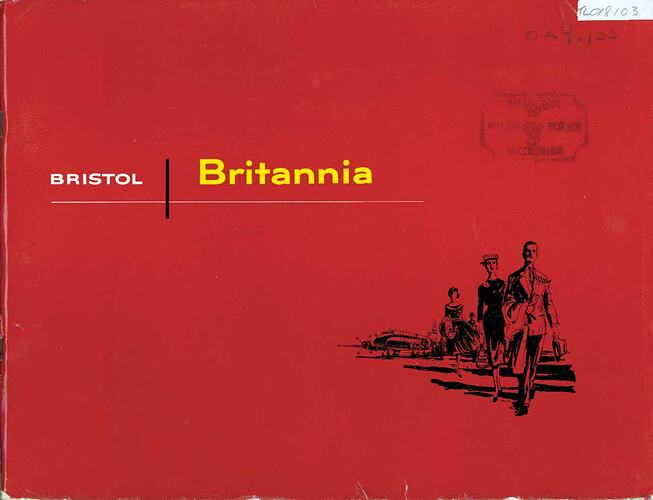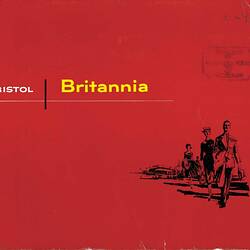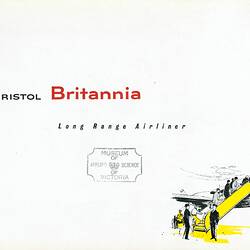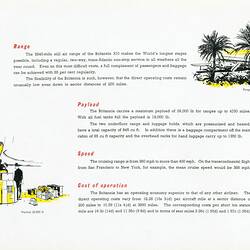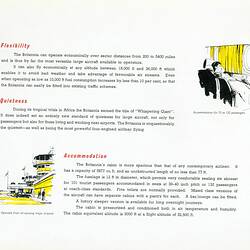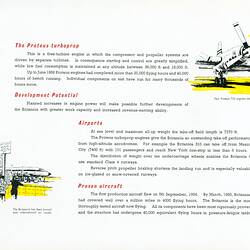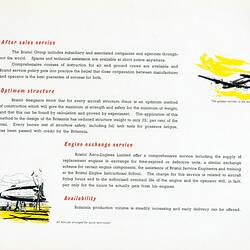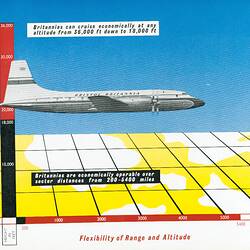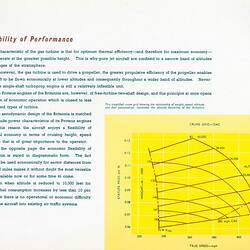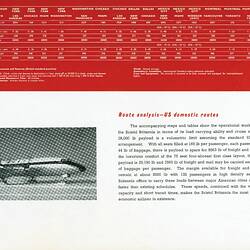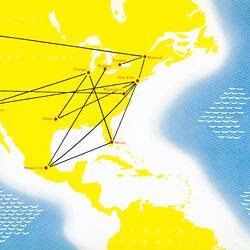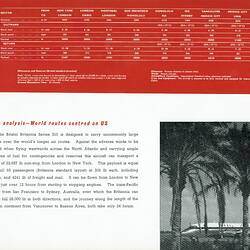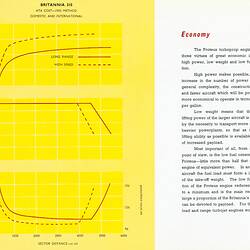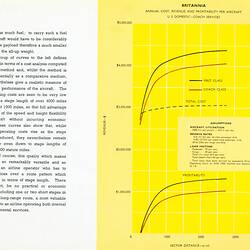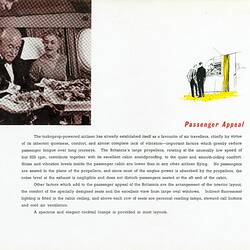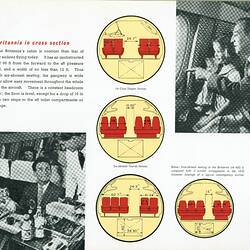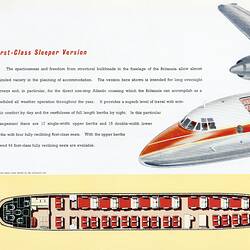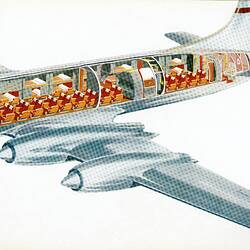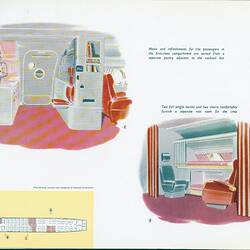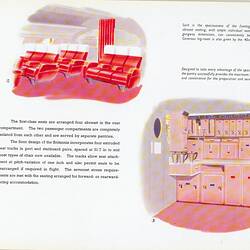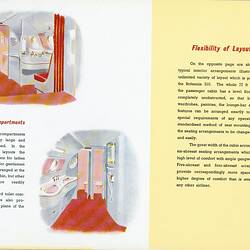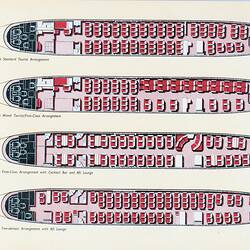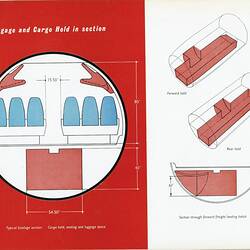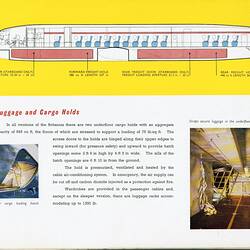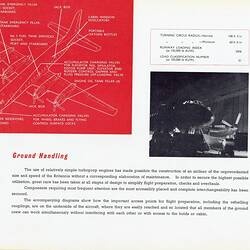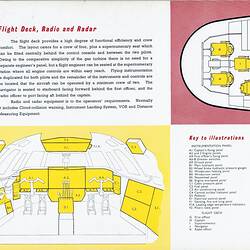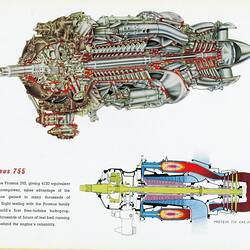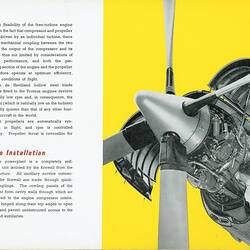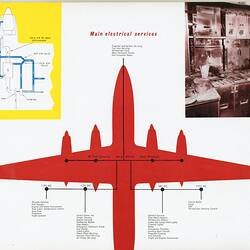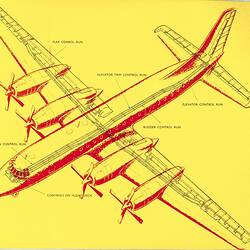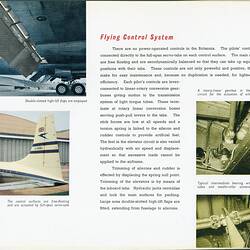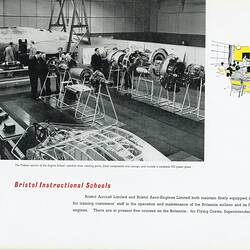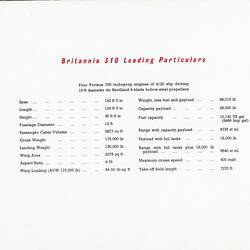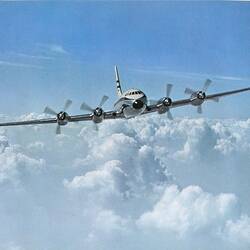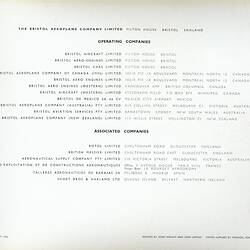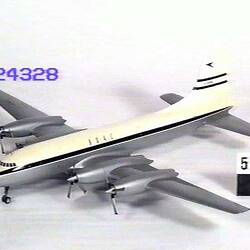Summary
The Britannia was designed in response to a 1947 British government request for a Medium Range Empire (MRE) airliner. Dr Archibald Russell, Bristol Aeroplane Company Chief Designer proposed two versions of the four engine Type 175 Britannia, one with Bristol Centaurus piston engines and the other with new Bristol Proteus turboprop engines then under development. The Proteus powered version was preferred as the impending introduction of the all-jet De Havilland Comet would make piston engines harder to sell to the public and potential airline customers. The project depended on successful testing of the new Proteus which finished in 1951 with the first Britannia flying in 1952. A total of 85 Britannias were built.
Qantas was sufficiently interested in the new Britannia design in 1953 to sign a 'letter of intent' to purchase six but did not proceed to an order. The loss of the second prototype Britannia in an accident in January 1954 delayed production again. The launch customer British Overseas Airways Corporation (BOAC) was by now very unhappy with the prolonged gestation period and began examining a US-built alternative, ordering ten Douglas DC-7C aircraft in 1955 as an interim measure. Britannia deliveries to BOAC began in 1956. The first year of operation was not promising with ongoing technical problems with the Proteus causing unscheduled engine changeovers. BOAC opened its London-Sydney Britannia service in 1957 stopping at Zurich, Istanbul, Karachi, Calcutta, Singapore, Jakarta and Darwin. The arrival of the Boeing 707 quickly made the Britannia obsolete on this route by eliminating most of these stops. Qantas leased BOAC Britannia aircraft for migrant charter flights from Europe to Australia. There were 31 such flights in 1960.
Modest overseas sales were achieved with many used Britannias seeing service with smaller airlines around the world. Military troop carrier and cargo transport versions of the Britannia were used by the RAF between 1959 and 1983.
Title
'BRISTOL BRITANNIA ... ISSUED AUGUST 1956'
More Information
-
Collection Names
-
Collecting Areas
-
Acquisition Information
Collected from Mr Ken Galloway, 01 Jul 1999
-
Manufacturer/Distributor
(The) Bristol Aeroplane Co. Ltd, Bristol, England, Great Britain
-
Publication Date
1956/08
-
Brand Names
"BRISTOL" (Passenger Aircraft) , "BRITANNIA" (Passenger Aircraft)
-
Number of Pages
44
-
Page Size Format
315 x 240
-
Primary Subject
-
Illustration Types
Photographs; Black & White; Instructional Drawings; Line Drawings
-
Printing Types
Full Colour
-
Publication Types
-
Classification
Air transport, Aircraft, Turbo propeller aircraft - passenger
-
Category
-
Discipline
-
Type of item
-
Keywords
